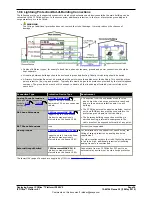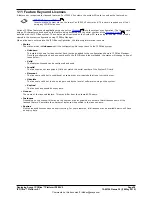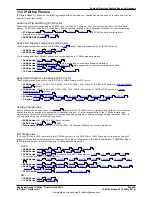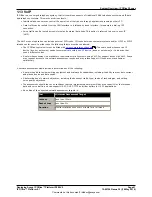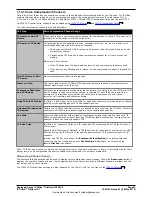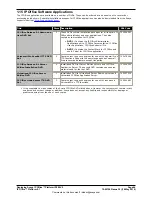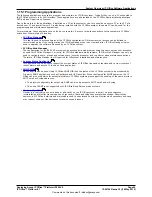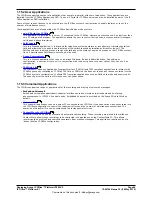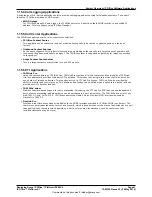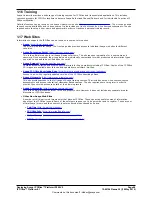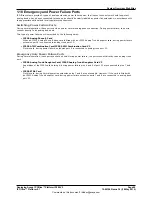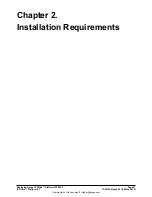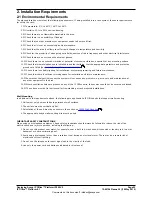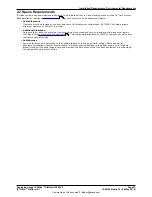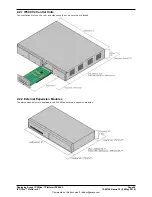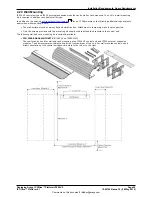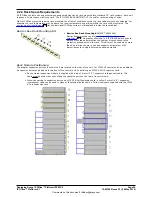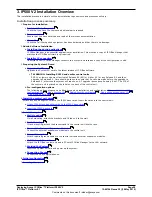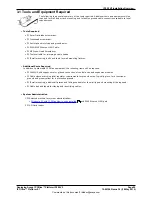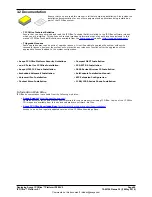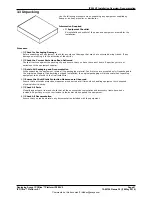
Deploying Avaya IP Office™ Platform IP500 V2
Page 49
15-601042 Issue 30j (18 May 2015)
IP Office™ Platform 9.1
Comments on this document? infodev@avaya.com
System Overview: Web Sites
1.18 Emergency and Power Failure Ports
IP Office systems provide 2 types of analog extension power failure ports. In all cases these only work with loop-start
analog trunks. Any phones connected to these ports should be clearly labeled as power fail extensions in accordance with
the appropriate national and local regulatory requirements.
Switching Power Failure Ports
During normal operation, these ports can be used for normal analog phone connection. During power failure, the ports
connect directly to an analog trunk port.
This type of power failure port is provided by the following cards:
·
IP500 Analog Phone 8 Card
When an IP500 Analog Phone 8 base card is fitted with an IP500 Analog Trunk daughter card, during power failure
extension port 8 is connected to analog trunk port 12.
·
IP500 ATM Combination Card/IP500 ATM Combination Card V2
On this card, during power failure, extension port 8 is connected to analog trunk port 12.
Emergency Only Power Failure Ports
During normal operation, these ports cannot be used. During power failure, the ports connect directly to an analog trunk
port.
·
IP500 Analog Trunk Daughter Card/IP500 Analog Trunk Daughter Card V2
Regardless of the IP500 card hosting it, during power failure pins 4 and 5 of port 12 are connected to pins 7 and
8.
·
IP500 ETR6 Card
On this card, during normal operation extension ports 7 and 8 are not useable. However, if the card is fitted with
an IP500 Analog Trunk daughter card, during power failure extension ports 7 and 8 are connected to analog trunk
port 12.


